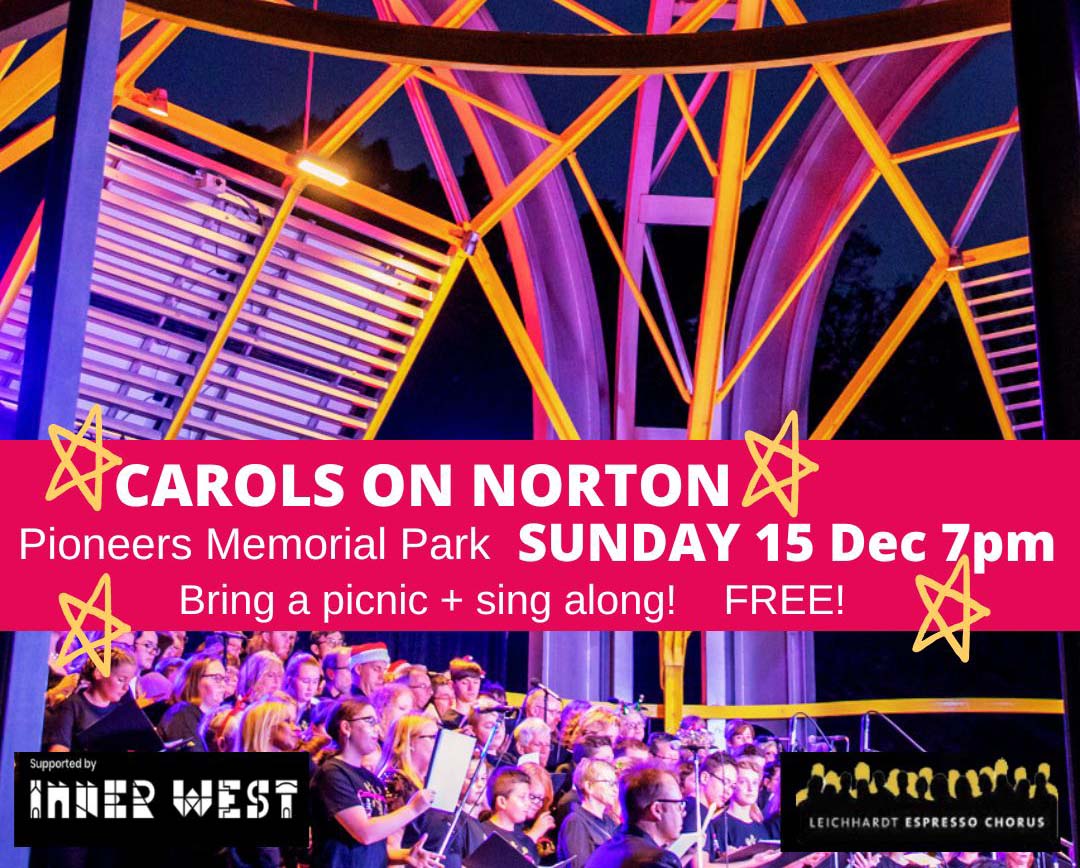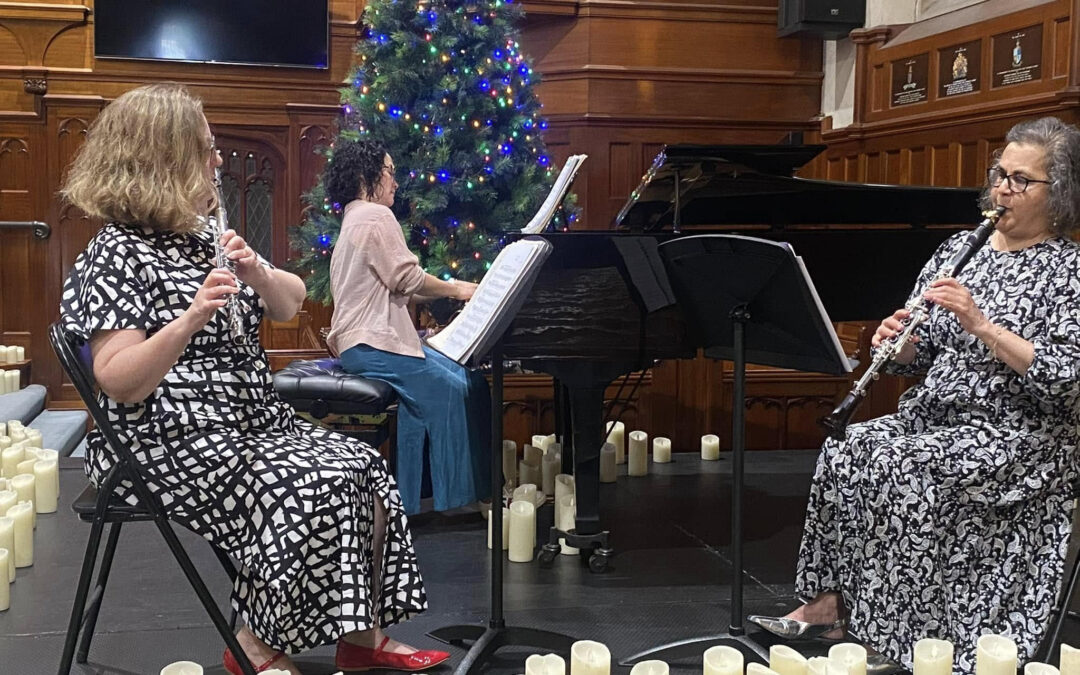Orange Chamber Music Festival | Folk Fables and Pleasures
Thursday March 7 | Kinross Wolaroi School, Orange NSW
The opening concert of the Orange Chamber Music Festival on Thursday night was titled Folk Fables and Pleasures. It certainly was a pleasure to witness world-class young clarinettist Lloyd Van’t Hoff, along with violinist Zoe Friesberg and pianist Vatche Jambazian, in an intimate room, perfect for chamber music, within the Auditorium of Kinross Wolaroi School. Stravinsky’s L’histoire du Soldat, originally a theatrical work for three actors, a Narrator, the Devil, and a Soldier, a couple of dancers, and seven instrumentalists including clarinet, trumpet, trombone, and percussion, was reduced to 5 movements for clarinet, violin, and piano by Stravinsky himself, aided by Swiss philanthropist and amateur clarinettist Werner Reinhart who later became the work’s dedicatee. Van’t Hoff provided a detailed synopsis of the Tale, emphasising the moral of the story that no happiness can be found by looking back to the past. From the bright high notes of the clarinet in the first movement, to the more sedate march-like second movement, through to the loud discordant passages played by Freisberg and Jambazian in the fourth movement, and finally the very loud and fast last movement with repeated chords and phrases involving all three instruments representing the Devil, it demonstrated Stravinsky’s use of a worldwide range of musical influences including the tango, waltz, and klezmer. The latter inspired Paul Schoenfied’s work Freylekh from Trio for violin, clarinet, and piano, a new discovery with Balkan and Jewish influences, featuring gypsy rhythms. It certainly was a show-off piece, with the loud shrill sounds of the clarinet and Jambazian’s glissando up and down the piano towards the end, delighting the appreciative audience.
Bartok’s six Romanian Folk Dances Sz.56, originally for solo piano, was arranged for violin, clarinet, and piano by Australian composer Andrew Howes. It seems Bartok believed that Romanian folk music was more authentic and less tarnished, probably because Eastern Europe was less travelled at the time. Transylvanian melodies abounded, notably in the second movement Sash Dance with Van’t Hoff and Freisberg, both again in the fourth movement, then Freisberg and Jambazian in the brisk fifth movement Romanian Polka.
Jambazian introduced solo piano music from his family’s homeland, Armenia. Komitas Vartapet, an Armenian priest during the Ottoman Empire, composed a beautiful set of Armenian Folk Songs from which Jambazian played a selection. The highlight of this music from the Caucasus region, spanning Asia & Europe, was one dance from high up in the mountains between Turkey and Georgia. In fact, Vartapet’s music was praised by Debussy who used it in his own compositions. Jambazian delighted with an extra piece not listed in the program, Respighi’s much underplayed Notturno from his Six Pieces for Piano, with its slow rollicking rhythm, most appropriate for night music. Sometimes, one wonders why certain pieces are not played more often. That was certainly the case with Aram Arutiunian’s Suite for violin, clarinet, and piano which included many quotations from Vartapet. A slow quiet introduction by Jambazian, joined by Freiberg, then Van’t Hoff, invoked a peaceful pastoral scene, the short second movement was playful and toe-tapping, while the third and final movement, started languorously by the violin, featured marvellous interplay between the violin and clarinet and a fast jazzy melody from Van’t Hoff towards the end, finishing with all three in unison.
The concert was a wonderful taste of what was to come over the rest of the weekend. See more about the Festival here >>





























